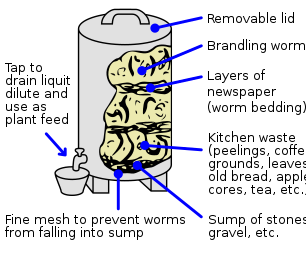Hello again! I felt like I had to share this piece of news because it tackles head-on one of the more significant reasons of food waste from retailers.
It is the FairPrice "Great Taste Less Waste Selection" campaign! FairPrice, a local supermarket giant launched a pilot campaign in 2015 at seven FairPrice Xtra stores located across the island. It is literally giving consumers a fair price for wholesome but not visually attractive produce, by repackaing and recyling the fresh produce. Such produce include fruits and vegetables like apples, pears, oranges, bittergourd and carrots.
FairPrice has also developed the Food Waste Index which will enable it to track its
progress on various food waste reduction initiatives under the Food Waste
Framework. The Food Waste Index was developed based on a consultative study and
measures the annual total food waste against the total retail space of all
FairPrice stores across all retail formats islandwide. This will allow NTUC
FairPrice to develop a more structured and sustainable approach to tackle the
issue of food waste on multiple fronts.



Images courtesy of NTUC FairPrice
The concept of this pilot is repackaging produce. It is done by trimming or portioning wholesome fruits and vegetables that are left unsold due to blemishes, then selling them off at a lower price. This is to address the problem of wastage due to consumer selection of visually appealing produce only. I personally am in great favour of this campaign. To me, it is like killing 2 birds with one stone as FairPrice still manages to sell their products and consumers are getting quality produce at cheaper prices. It eliminated the problem of waste.
As a complement, FairPrice also launched an education
campaign to create greater awareness of food waste among the public and educate
customers on handling food with care. The campaign also looks to reshape
mindsets on how wholesome fruits and vegetables with blemishes or bruises are
still good for consumption. It also hopes to teach consumers to appreciate food
more. The campaign garner public interest and support through in-store
collaterals and social media.
Furthermore, FairPrice has also started a long-term
partnership with an NGO, Food from the Heart (FFTH). 55 FairPrice stores are to
donate unsold but still wholesome canned food products to the community through
FFTH on a regularly. With the new collaboration with FFTH, these charities will
be able to acquire the products directly from FFTH. This initiative will
further reduce the total amount of food waste while increasing the donation of
products to charities. FairPrice has targeted for all 126 FairPrice stores
to donate directly to FFTH.
I am heartened to see that NTUC FairPrice has voluntarily
taken a step to curb food waste. Coupled with existing programs that
tackle packaging issue. I believe that this program has the potential
to have lasting impacts. It would definitely be ideal if the other
supermarket giants like Sheng Shiong Supermarket and Giant Supermarket would
follow suit with their own variations of such campaigns.
References:
http://www.fairprice.com.sg/wps/portal/fp/pressreleases?1dmy&pagedesign=fp_design%2FCorporate%2FNews%2FPT-PressReleasesDetail&urile=wcm%3Apath%3A%2Ffp_content%2FSA-Corporate%2FSA-News%2FPressReleases%2F2015%2FNTUC%2BFairPrice%2Bintroduces%2BFood%2BWaste%2BIndex%2Bto%2Btrack%2Bfood%2Bwaste%2Band%2Blaunches%2BFood%2BWaste%2BInitiative%2Bat%2BFairPrice%2BXtra%2Bhypermarkets&page=pressreleases





